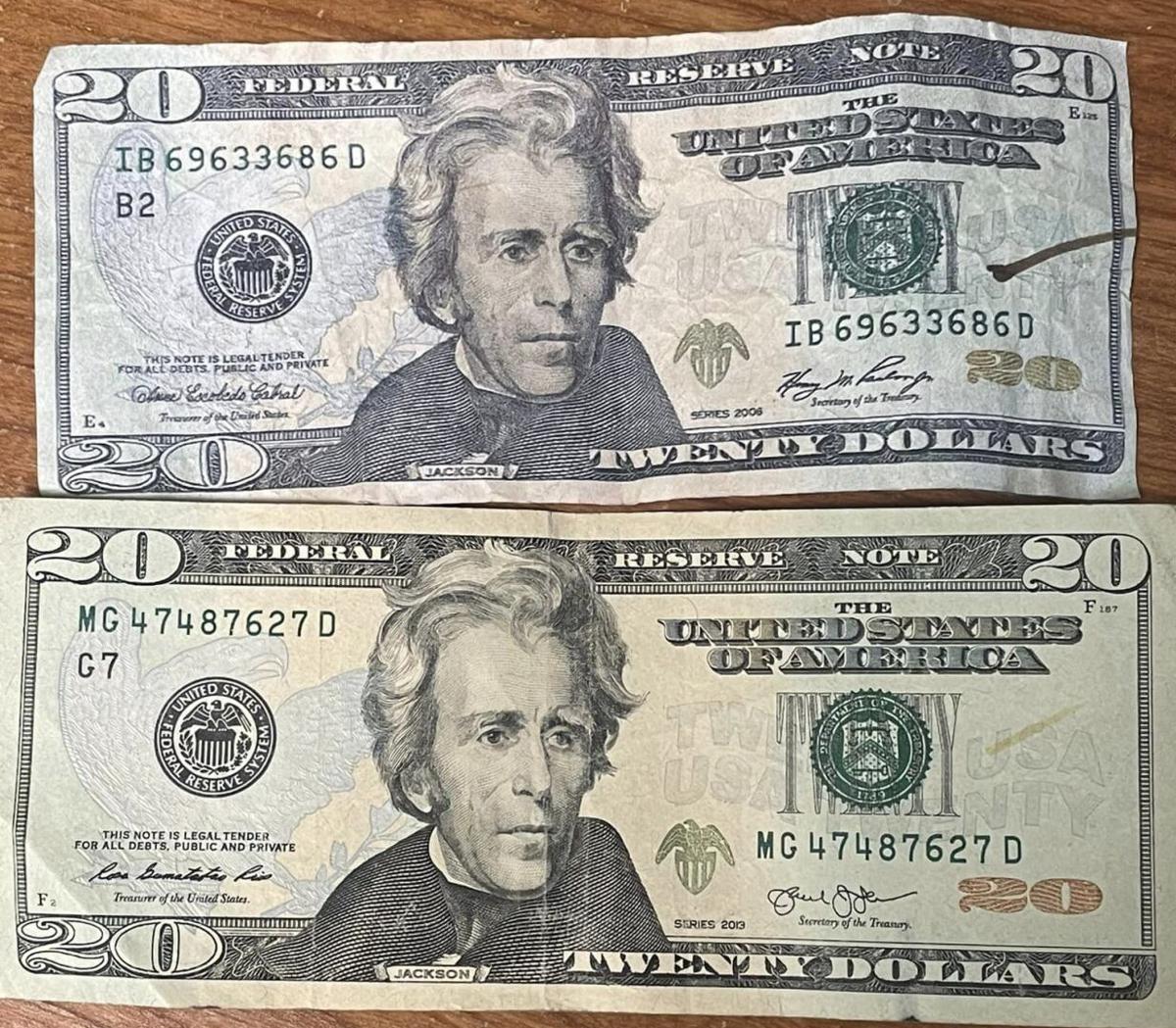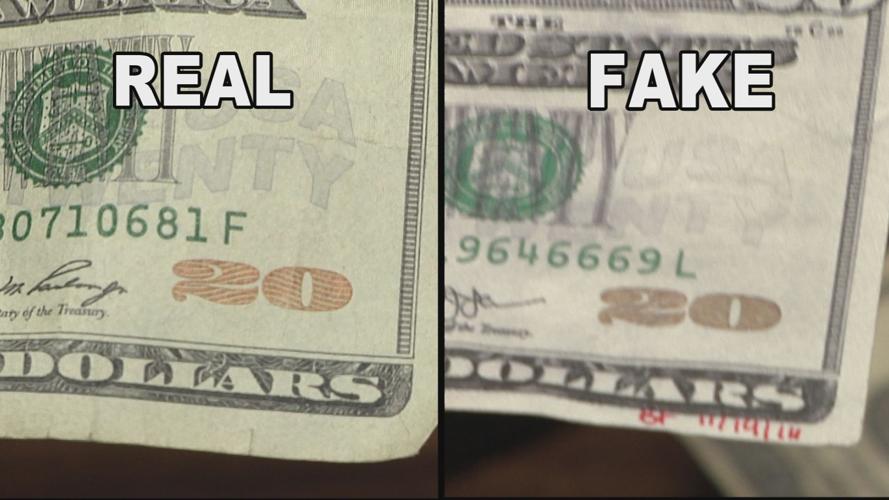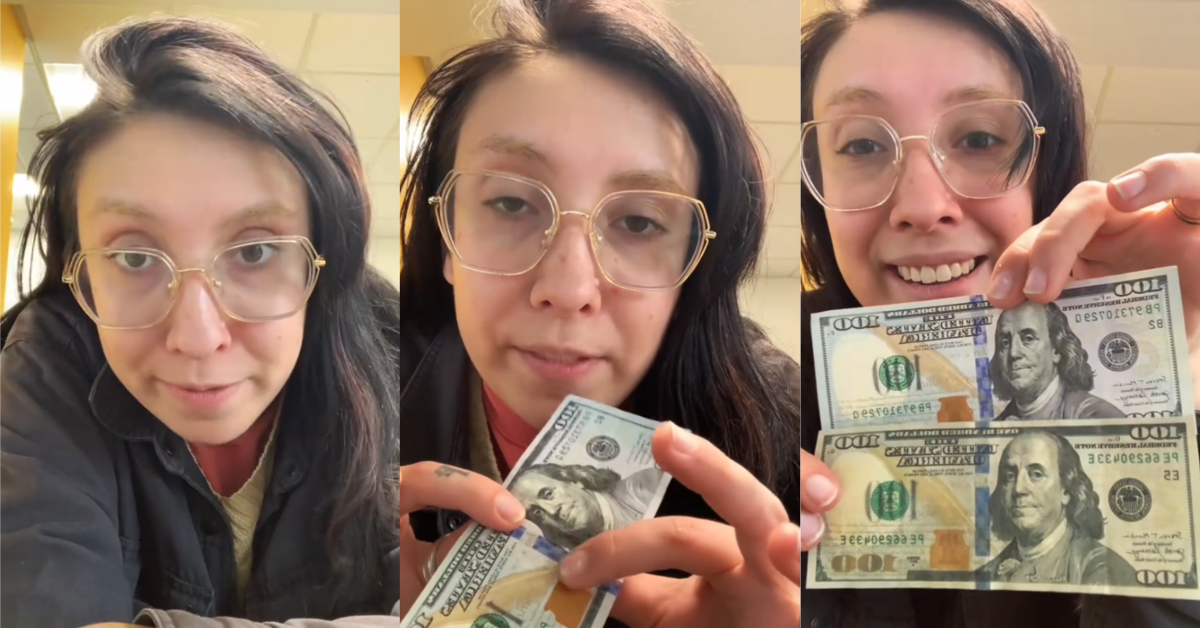Navigate the Internet: Get copyright Money to buy from Trusted Suppliers
Navigate the Internet: Get copyright Money to buy from Trusted Suppliers
Blog Article
Discover the Uses of Funny Money in Artistic Creations and Theatrical Performances
Phony money, frequently identified with deception and outrage, holds a strange appeal when it locates its means right into the world of theatrical performances and artistic productions. As we delve right into the complex uses of fake cash in these innovative domain names, we begin to reveal a globe where authenticity and replica blur, prompting us to question the actual nature of value and depiction within art and efficiency.

Historical Importance of Imitation Money in Art
The historical value of funny money in art is a complex and intriguing subject that sheds light on the junction of creativity, subversion, and socio-political commentary. Throughout background, musicians have actually used phony cash as a tool for tough societal norms, questioning the value of currency, and making powerful statements regarding wide range and power.
One of one of the most notable instances of copyright cash in art dates back to the Dada activity of the very early 20th century - copyright money for sale. Artists such as Marcel Duchamp and Hannah Höch included phony money into their works to criticize the capitalist system and discover the concept of value in a quickly transforming globe
In addition, during times of financial instability or political upheaval, copyright cash has been used by artists as a kind of demonstration or rebellion. By producing and distributing copyright, artists have been able to disrupt the status, obstacle authority, and prompt vital discussions concerning the function of cash in society.
Impact of copyright Money on Visual Arts
Affecting the visual arts landscape, phony money has acted as a thought-provoking tool for musicians looking for to test standard viewpoints on wide range and commerce. By incorporating phony cash right into their works, artists prompt conversations on the nature of value, authenticity, and societal perceptions of wealth. Through the integration of copyright money, visual artworks can challenge visitors with questions regarding the power dynamics inherent in monetary systems and the impressions of prosperity. The use of funny money in art additionally raises honest factors to consider pertaining to the limits of creative expression and the implications of replicating lawful tender. Phony money in aesthetic arts can serve as a commentary on customer culture, materialism, and the relentless search of wealth in contemporary society. Overall, the impact of phony currency on aesthetic arts is multifaceted, promoting crucial representations on the junction of money, art, and social worths.
Significance and Meaning in Theatrical Imitation Displays
Using theatrical fake displays, musicians utilize symbolic depictions to share deeper significances and stimulate thought-provoking analyses within the realm of efficiency art. With the incorporation of copyright in theatrical manufacturings, designers can check out themes such as greed, power, corruption, and the illusion of riches. Making use of phony currency on stage can serve as an allegory for societal concerns, economic differences, and the fragility of economic systems.
In staged performances, the symbolic value of funny money prolongs beyond its financial worth. It can signify the deceitful nature of looks, the search of materialistic desires, and the consequences of unethical habits. By using funny money as a prop, musicians can challenge target markets to examine real significance of wealth and the honest borders that individuals might go across in its quest.
Moral Considerations in Making Use Of Funny Money for Art

One significant moral factor to consider is the prospective legal repercussions of utilizing copyright in art. Counterfeiting money is unlawful in the majority of nations and can lead to severe effects for musicians who purposefully include copyright bills right into their job. copyright money for sale. This not just places the musician in danger yet also increases inquiries concerning promoting unlawful tasks with art
In addition, there is an honest issue relating to the authenticity of the artwork itself. Using funny money obscures the line between fact and imitation, potentially deceiving imp source visitors and compromising the integrity of the creative piece. Artists should think about whether making use of funny money lines up with their values and creative purposes, evaluating the prospective influence on their credibility and trustworthiness.
Future Patterns in Fake Cash Assimilation
Considering the evolving landscape of creative expression, the incorporation of imitation money in innovative jobs may witness a change towards innovative and provocative avenues. As artists proceed to push borders and explore new mediums, phony money could increasingly be made use of to challenge societal standards, examine the worth of currency, or make effective statements concerning riches and consumerism.
One future trend in funny money combination could be its application in immersive art installations where audiences are encouraged to connect with the pieces, obscuring the lines in between fact and impression. Furthermore, innovations in modern technology might lead to the creation of hyper-realistic phony money that is basically identical from real currency, opening up possibilities for a lot more detailed and complex artworks.
Moreover, partnerships between counterfeiters and artists could cause distinct pieces that combine typical imaginative techniques with the workmanship of producing funny money. Moral considerations bordering the legality and morality of using phony money in art will certainly continue to be a factor of contention as these future patterns unfold.
Conclusion
In final thought, the uses of fake cash in theatrical performances and creative productions have a long background and proceed to be a resource of motivation for artists. The integration of copyright cash in art is Get the facts likely to proceed developing in the future.
In general, the influence of copyright money on visual arts is diverse, promoting crucial reflections on the intersection of cash, art, and social values.

In verdict, the uses of imitation cash in artistic developments and staged performances have a long history and continue to be a source of ideas for musicians. Ethical factors to consider must be taken into account when utilizing copyright money for innovative objectives. The assimilation of copyright in art is most likely to proceed developing in the future.
Report this page